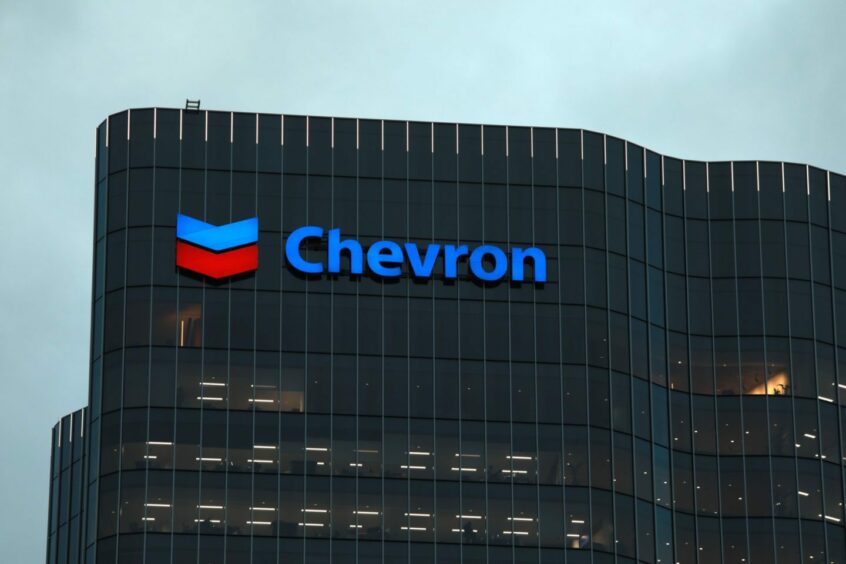
Chevron has taken the final investment decision (FID) on the second phase of the Tamar field, offshore Isreal.
Chevron Mediterranean, and the other owners, aim to boost production to 1.6 billion cubic feet per day.
The companies announced plans to build a third gas pipeline from Tamar to the Tamar platform in March 2023. This will run for 150 km. Chevron expects to complete both of these work streams in 2025.
“Reaching FID for Phase Two of Tamar’s expansion reflects Chevron’s ongoing commitment to partnering with the state of Israel to continue development of its energy resources for the benefit of domestic and regional natural gas markets,” said Jeff Ewing, managing director of Chevron’s Eastern Mediterranean business unit.
Chevron said the project would involve the reinstatement of existing compressors at the Ashdod onshore terminal.
The field is around 90 km west of Haifa.
Chevron Mediterranean has a 25% stake in the project. Isramco has 28.75%, Tamar Petroleum 16.75%, Mubadala Energy 11%, Tamar Investment 2 11%, Dor Gas 4% and Everest 3.5%.
Tamar Petroleum reported the value of the project was $24 million.
Export plans
When the company was setting out its plans for the third pipeline, Israel Natural Gas Lines also announced plans to debottleneck its onshore network. Increasing this capacity was intended to beef up Israel’s export capacity.
Chevron advisor for the region Bill Pritchett, last year, said the plan was to add “more lanes to the highway” with the aim of going “beyond meeting domestic demand, [to] supply energy to Jordan and Egypt”.
Tamar began producing in March 2013, only four years after discovery. It has six wells, producing 1.1 bcf per day of gas. Initial exports to Jordan began in 2017.
As conflict flared in Gaza in October last year, Israel ordered Chevron to shut down production at Tamar. It was offline for around a month. The field is just north of Gaza.
Israel’s Ministry of Energy and Infrastructure approved the increase in August 2023. Minister Israel Katz said at the time that one third of the production increase would go to the domestic market, while the other two thirds would go into Egypt.
Recommended for you

